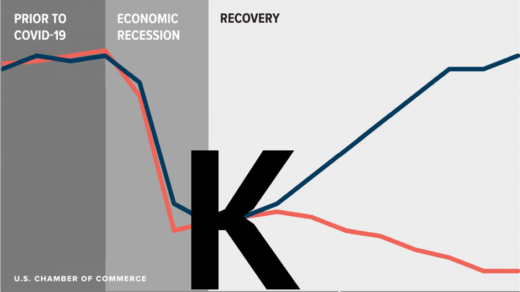
Life Insurance benefits can be a huge revenue boost for a charity. In Canada, there are really two different ways that a charity can treat a life insurance policy:
- The donor buys a policy, naming the charity the owner and beneficiary of the policy. The charity pays the premiums annually (since they are the policyholder) and most times, the donor ‘donates’ the amount of the premium to the charity. In this event, the donor receives the annual charitable tax receipt for the premiums but nothing from the death benefit.
- The donor owns the policy and names the charity as the beneficiary. In this case, there is no annual charitable receipt, rather the donor’s estate receives a charitable tax receipt for the death benefit.
It all boils down to where you need to take advantage of the tax receipt (annually or for the final return) as well as the issue of revocability. In the first case, the policy is irrevocable (the charity can always pay the premiums, even without the donor’s contribution) as they are the owner and beneficiary. The latter circumstance is totally revocable — the donor can switch beneficiaries at any time.
In a former position I had, we actively encouraged life insurance policies. It was a relatively inexpensive way for a (younger) donor to make a large gift to the charity. Often, the premiums were less than $300 annually and the death benefit was over $100,000. There were just a few problems with the thought process (which we later learned):
- Most of the policies were “joint last to die” (i.e. the death benefit wasn’t received until both spouses have passed on). If there was a divorce and one of the spouses moved to South America, you would still need to produce a death certificate to collect the death benefit. Additionally, if one of the spouses passed away prematurely, the ‘risk’ was mitigated by spreading it out over the two lives.
- The majority of the insured were 30-somethings (at the time of writing the policy). That meant that we would have to be in touch with them for the next 50 years (statistically speaking) and track them as they moved around the globe.
- Sometimes, donors (although well-intentioned) decided to stop paying the premiums. The charity had to decide on a case-by-case basis whether it was financially prudent to keep paying the premium. Often times, it was in the charity’s best interest to let the policy lapse.
One of our board members at the time surmised that if a donor donated the value of the premium (approximately $300 annually) and the charity wisely invested the money, they may be able to grow that annual contribution to more than $100,000 over the lifetime of the donor. After all, insurance companies are not in the business of handing out money needlessly.
I have tried (albeit unsuccessfully) to use a life insurance policy as an income replacement tool. Let me explain:
- I ask a donor to donate $2,000,000 to the charity today. They would receive a charitable income tax receipt and they would get back approximately $860,000 back in tax credits (remember, this is in Canada).
- I then would suggest that the donor purchase a single premium policy for $860,000 (so they are now financially neutral). Odds are better than not that the death benefit would be greater than $2,000,000.
- In essence, the donor is borrowing their own money (money from the estate). And since life insurance proceeds are tax-free (in Canada), their estate is larger and they are saving quite a bit of estate tax (since life insurance is not subject to probate either).
I thought that this idea would be the cat’s meow — but I found a couple of wrinkles in the plan:
- You need to have sufficient cash flow to make the tax receipt fully work in your favor
- Many donors believed that they could invest the original $2,000,000 to such a point that it would dwarf any tax savings that the insurance plan would produce.
I still would very much like to do this type of gift — it’s a bit of creative thinking and something that an astute donor may appreciate.
This is just the ‘how’ part of the donation. The ‘why’ part of the donation needs to happen first (obviously).
L’chaim,
jack




